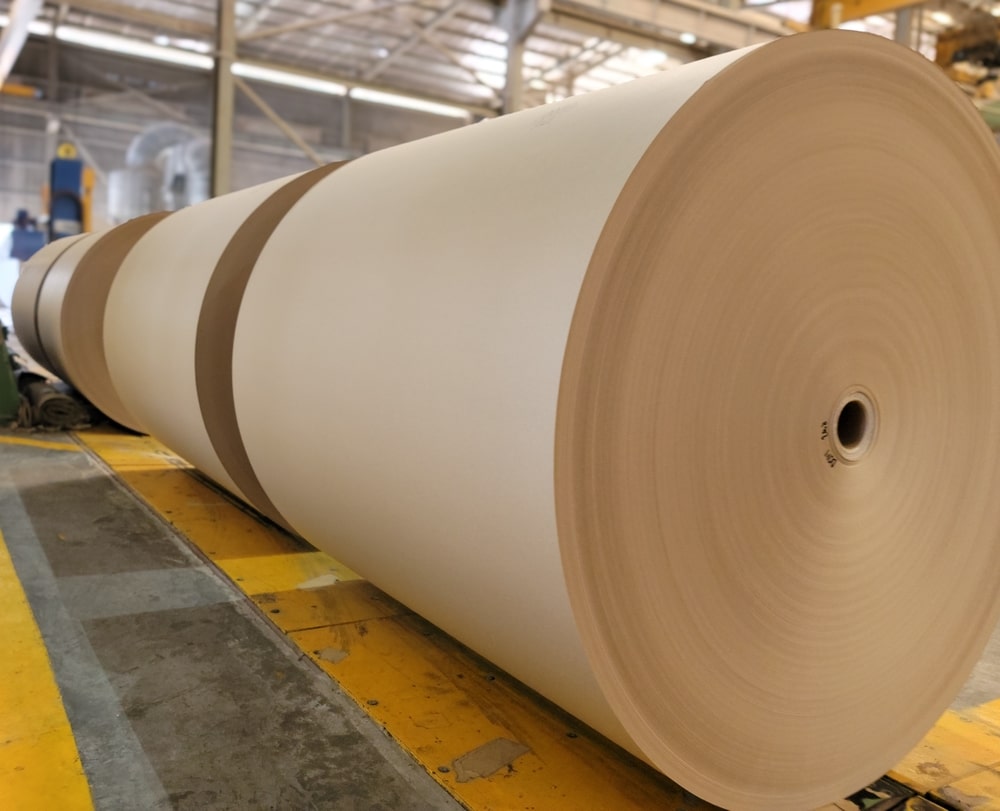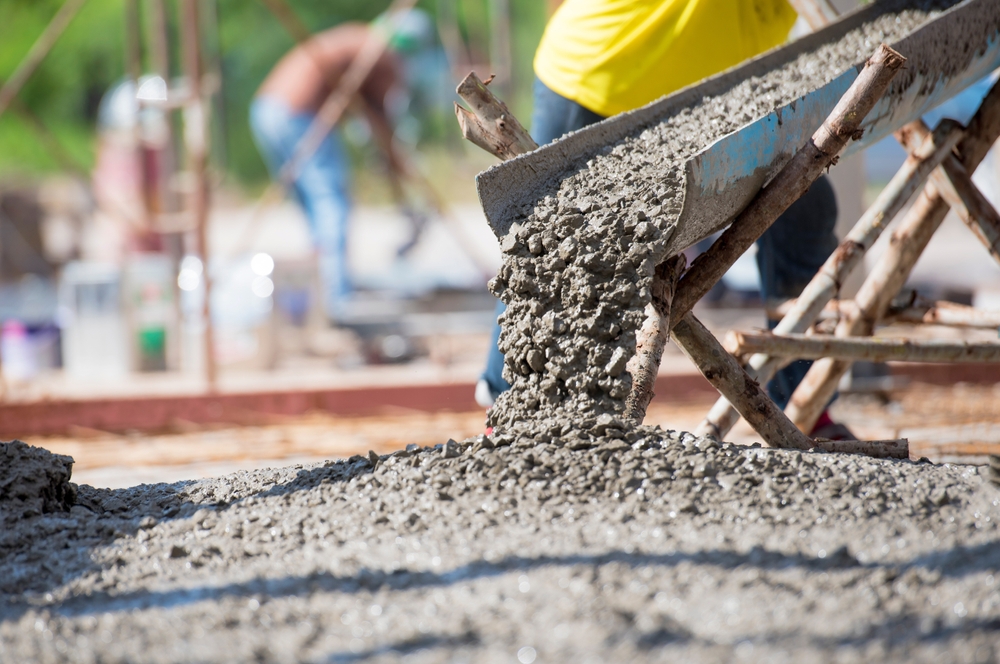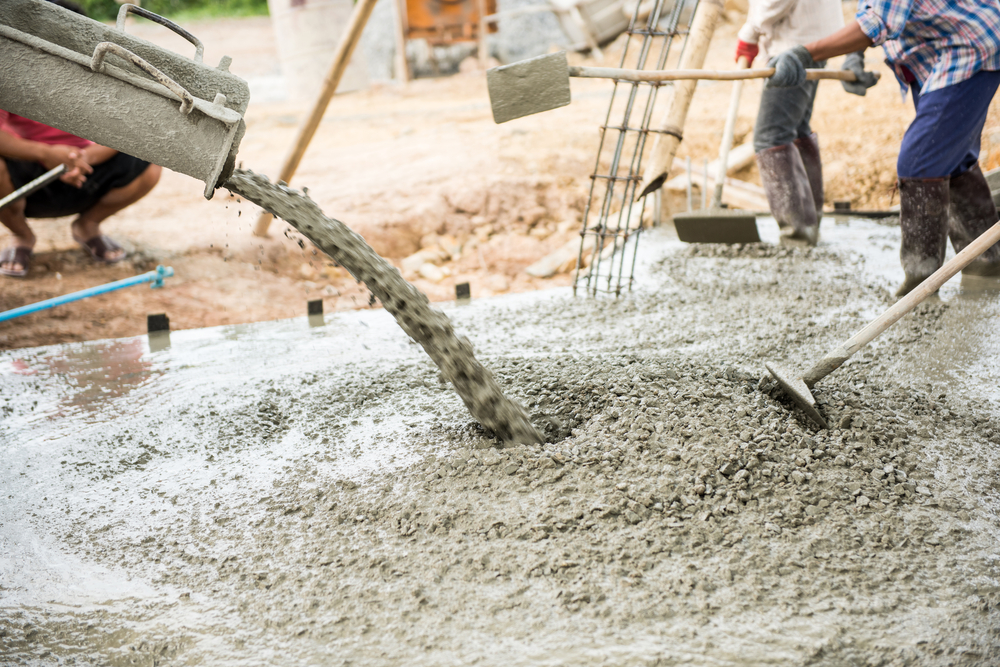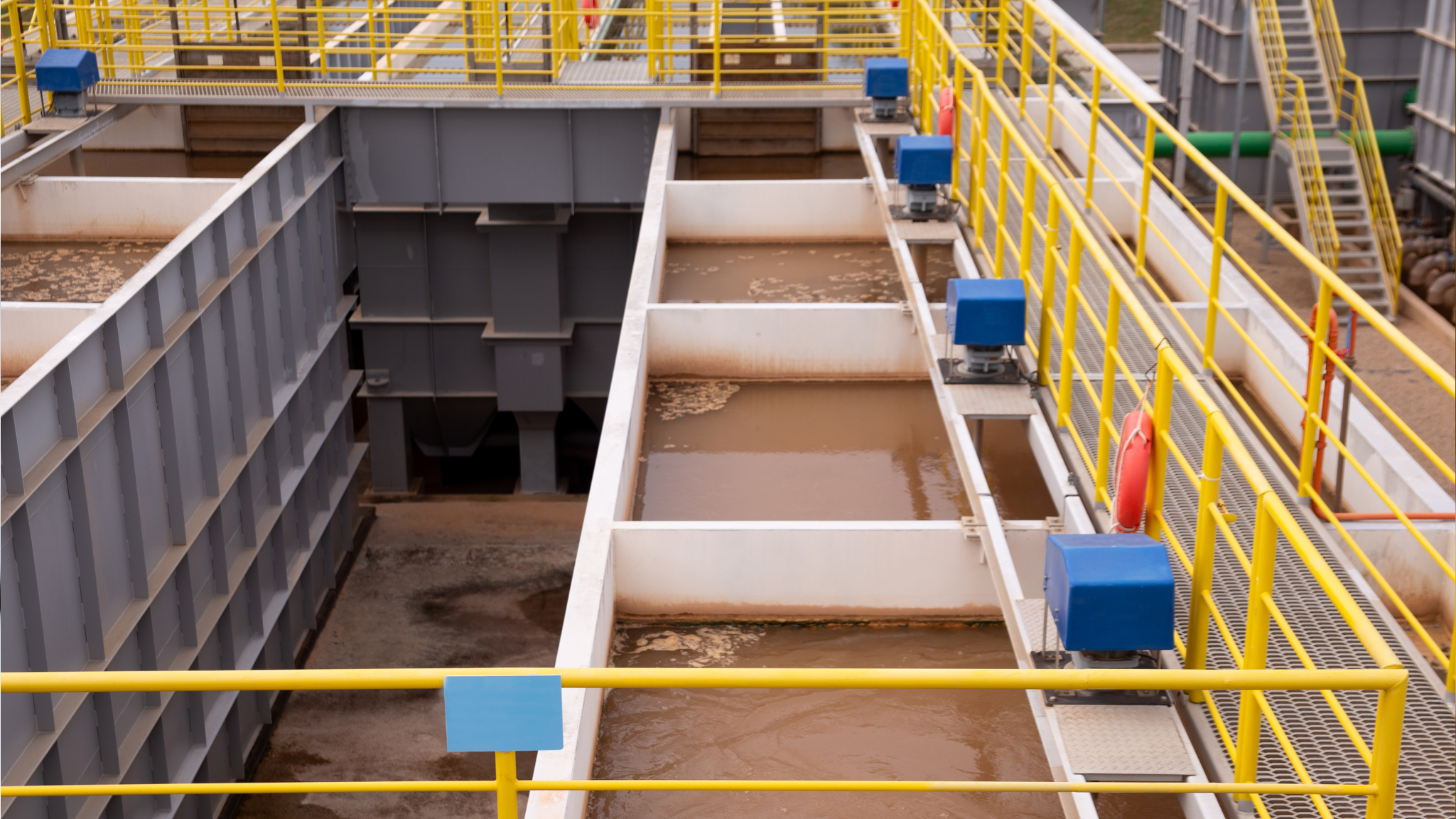Polymer chemistry is an important element in papermaking to maximize wet-end processes, retention, drainage, and sheet formation. A good polymer selection can help in gaining efficiency, reducing costs, and improving paper quality. The selection relies on several technical factors most significantly molecular weight, charge density, compatibility, and furnish type.
According to the principles of polymer chemistry and colloidal chemistry defined by Ziming Qiu (2022) in the American Journal of Polymer Science and Technology
1. Molecular Weight
Molecular weight (MW) determines the length of the polymer chain, and hence the mechanism of particle aggregation. In papermaking, with high MW (in excess of 10⁶), polymers can form long bridges between suspended particles and promote flocculation and retention.
1.1 High MW advantage: Effective bridging, efficient fines retention, and increased filler capture.
1.2 Potential drawback: Very large flocs can destroy sheet formation and hinder drainage.
1.3 Low to medium MW advantage: Enhanced sheet evenness and drainage but possibly lower retention efficiency.
Qiu (2022) observes that flocculation efficiency is enhanced where MW is adjusted to the machine shear conditions long chains in low-shear conditions and shorter chains in areas with high turbulence.
2. Charge Density
Charge density (CD) is the ionic charge per unit mass of polymer. Most papermaking fibers and fillers have a negative surface charge, dominated by carboxyl and sulfonic acid groups.
Accordingly, cationic polymers are usually used, being able to neutralize electrostatic repulsion and cause particle agglomeration.
2.1 High CD: Faster neutralization, improved performance in high-anionic trash systems.
2.2 Moderate CD: Well-balanced performance with no over flocculation.
2.3 Low CD: May be suitable for furnishing with low negative charge requirement..
As Qiu explains, optimum charge balance is of utmost importance. Too high CD may cause overcharging and subsequent redispersion of fines; too low, and retention and drainage worsen.
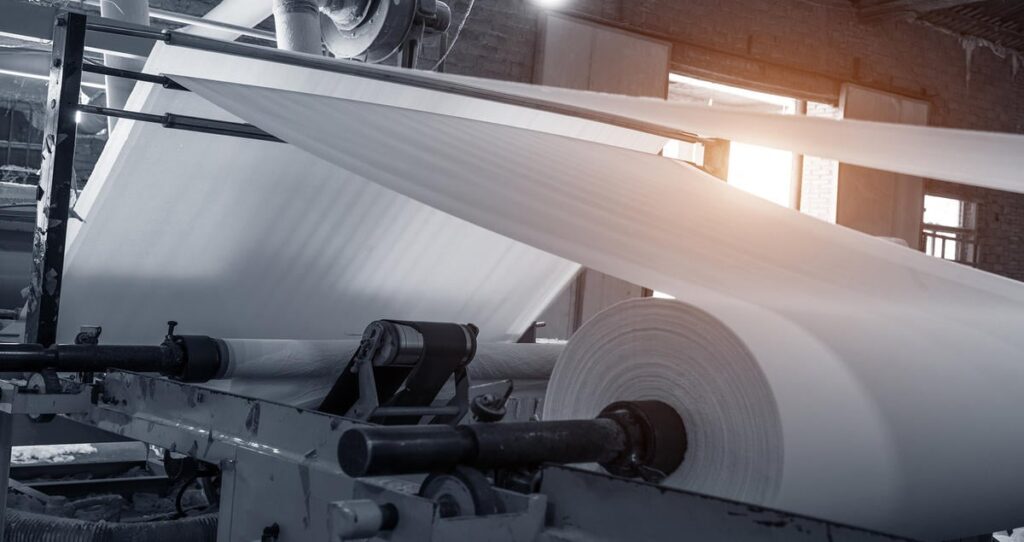
3. Compatibility
Compatibility covers to what extent the selected polymer gets along with other wet-end additives, furnish chemistry, and process conditions. Incompatible polymers destabilize colloidal systems or interfere with other retention and sizing agents.
From a colloidal chemical perspective:
- Cationic polyacrylamide (CPAM) performs well in conjunction with inorganic coagulants like polyaluminium chloride (PAC) to achieve greater than 75% COD removal and enhance water clarity.
- Natural polymers such as starch derivatives and chitosan possess good biodegradability and acceptable fiber surface compatibility but may require modification (e.g., cationization) for compatibility with system charge conditions.
- Dual-polymer systems (e.g., PAC + CPAM or DMDAAC copolymers) can have synergistic advantages from the combination of charge neutralization and bridging flocculation.
4. Furnish Type
The furnish the mixture of fibers, fillers, and additives determines the initial charge demand and nature of interactions in the wet end.
- Furnishes of recycled fibers have more anionic dirt, and therefore higher-CD cationic polymers like polydadmac or DMDAAC copolymers must be employed.
- High-filler systems (calcium carbonate, kaolin, etc.) require polymers of sufficient MW for bridging and compatibility with mineral surfaces.
- Unbleached kraft furnish may be enhanced with natural polymer flocculants or starch derivatives to enhance strength and retention without overburdening the system with man-made chemicals.
Qiu mentions that in all cases, the functionality of the polymer must be tailored to the electrokinetic conditions as well as the mechanical conditions of the paper machine.
Selection Framework
To select the right polymer, papermakers need to have a step-by-step approach:
1- Characterize the furnish: Determine pH, zeta potential, and contaminant loading.
2- Define performance goals: Retention, drainage rate, formation, or targeted strength gains.
3- Screen polymer options: Based on MW, CD, and chemical compatibility.
4- Perform jar tests: Determine optimal dosage and floc properties.
5- Run controlled tests: Evaluate performance in actual machine conditions.
6- Make adjustments based on monitoring: Make constant adjustments to dosage and type due to changes in furnish or process.
Conclusion
Good polymer selection is as much an art as a science based on colloidal and polymer chemistry principles. Molecular weight determines bridging and floc strength, charge density determines electrostatic interaction, compatibility ensures stable mix with the other additives, and furnish type determines minimum requirements.
Through the methodical analysis of these variables with data from the scientific study of Qiu (2022), papermakers can maximize retention, drainage, and machine efficiency while minimizing chemical waste and environmental impact.

